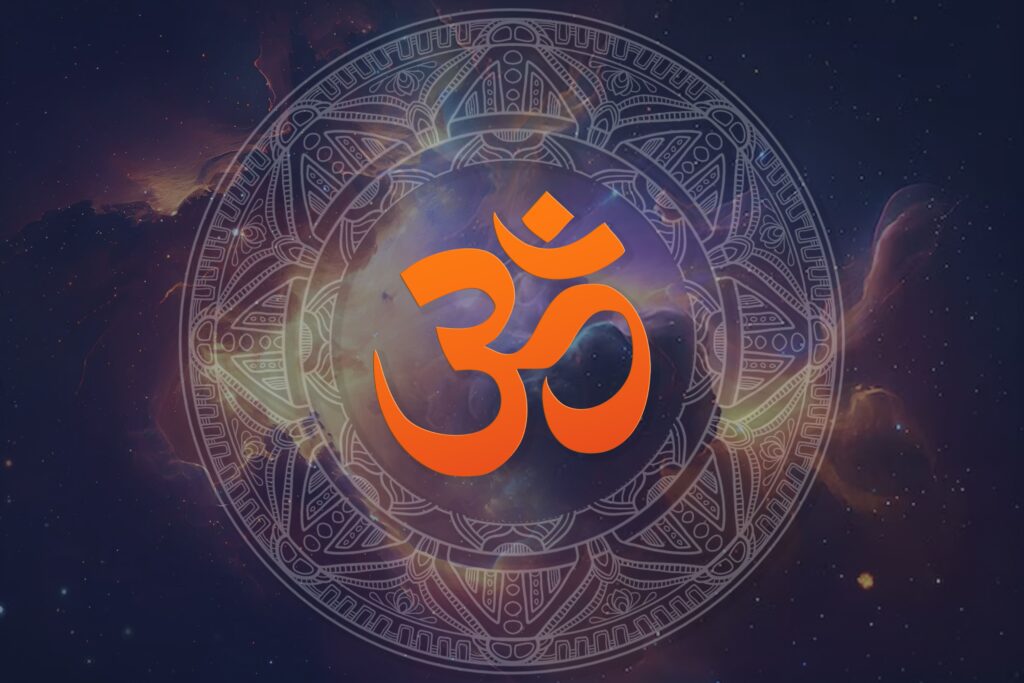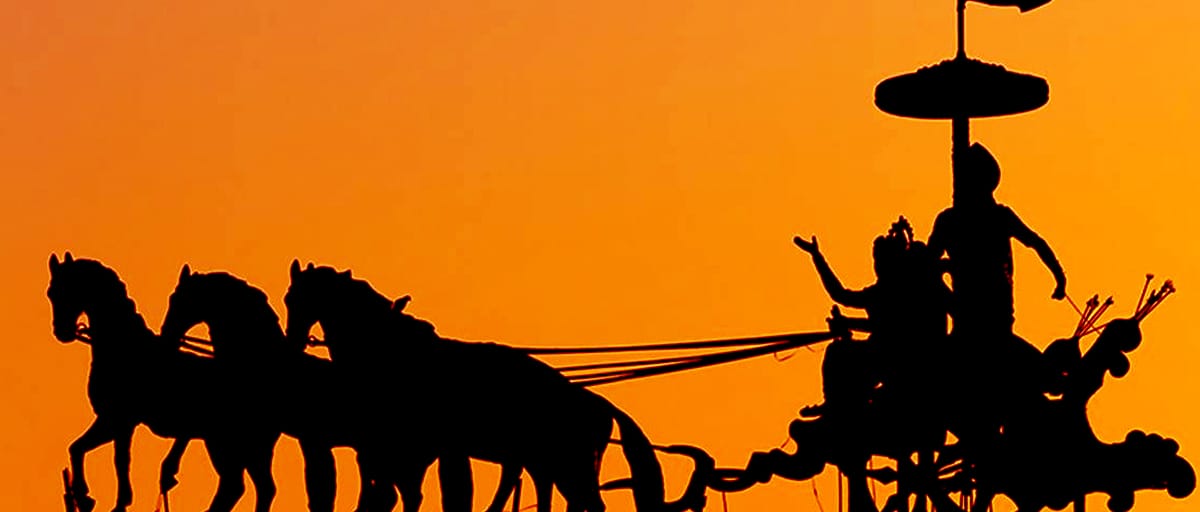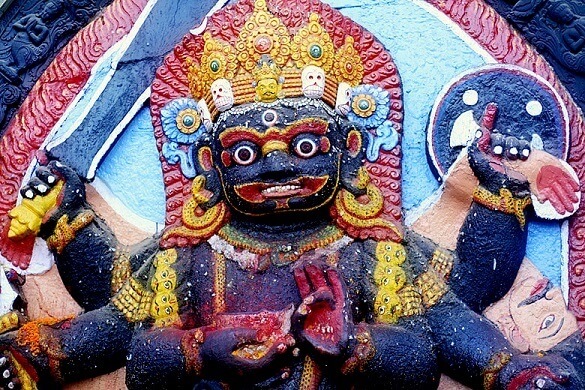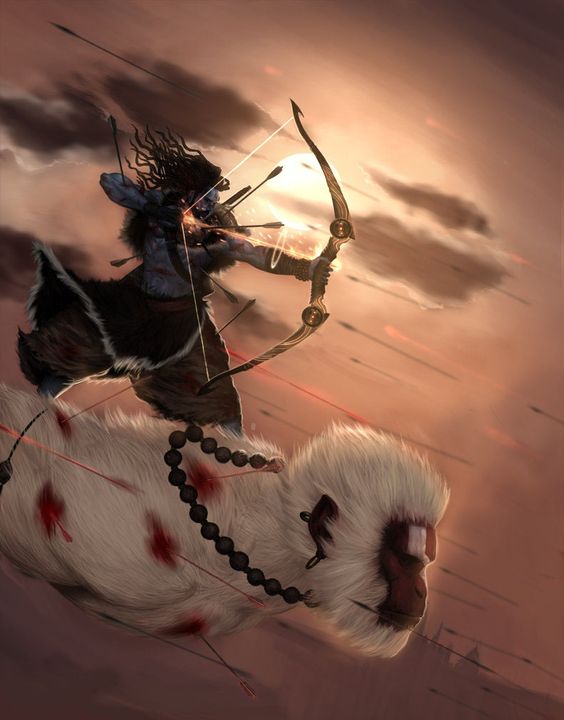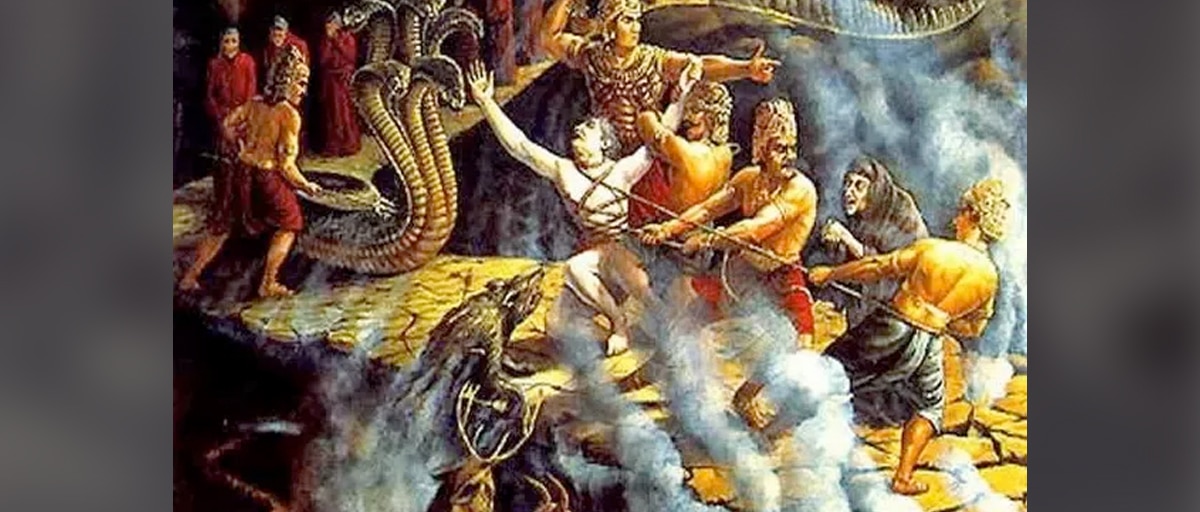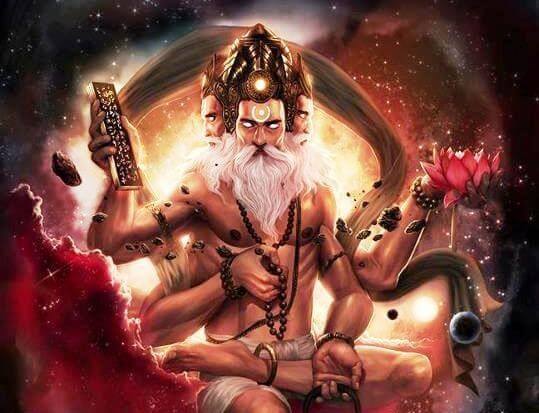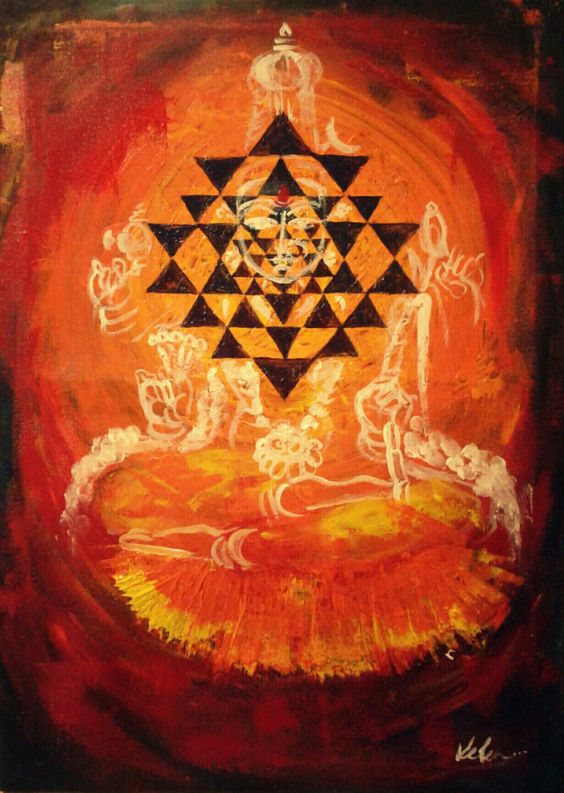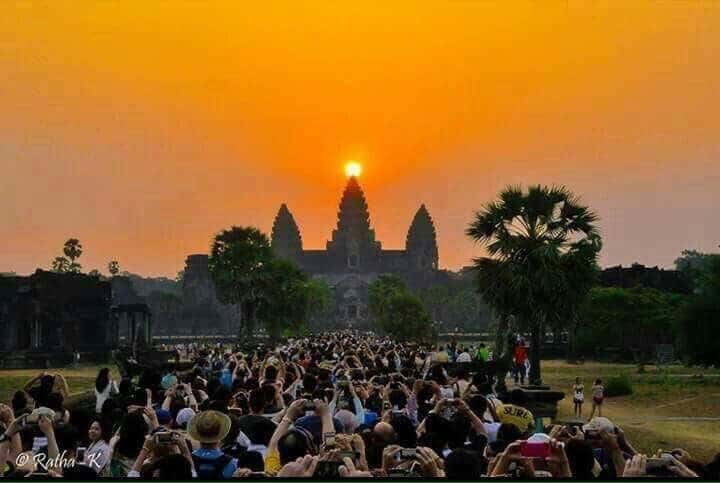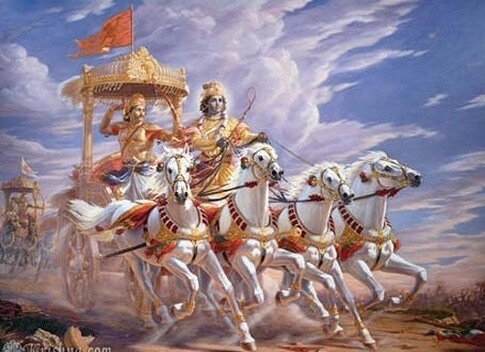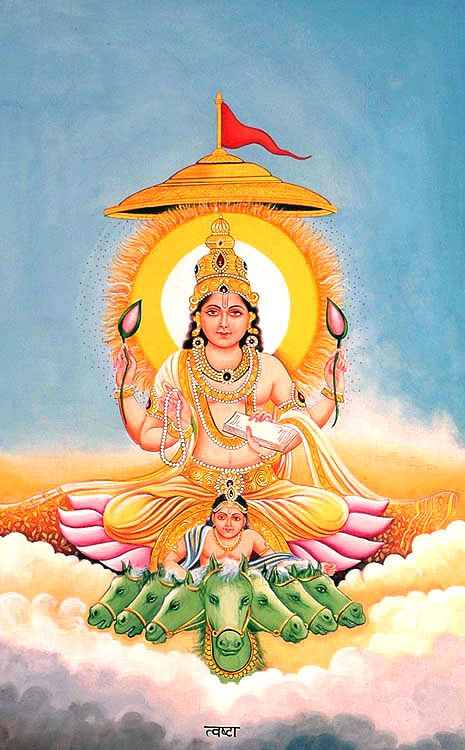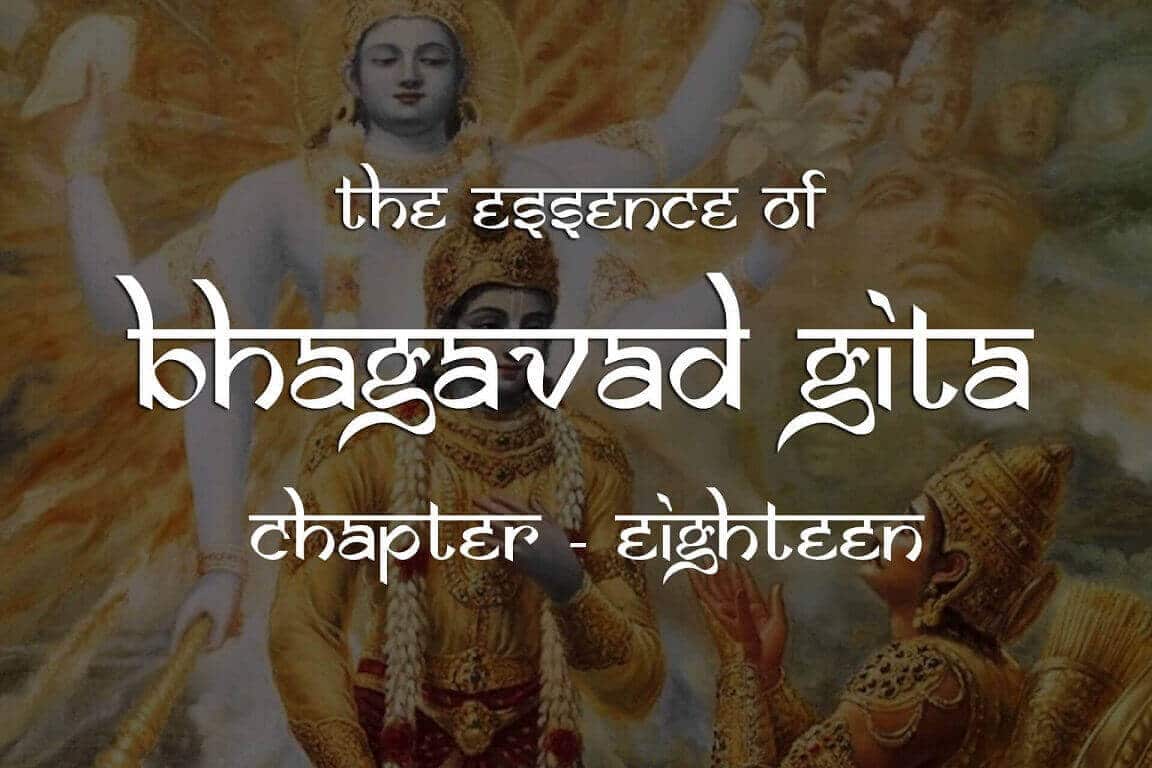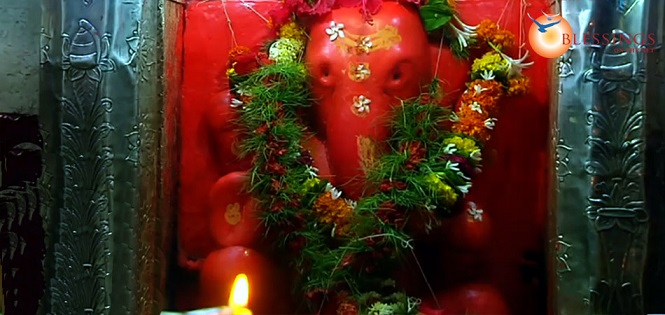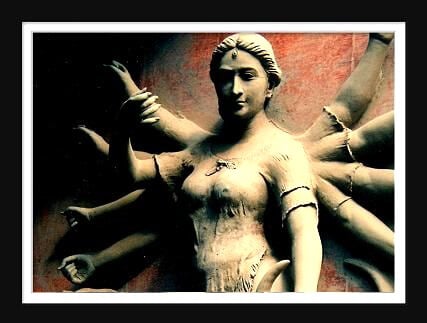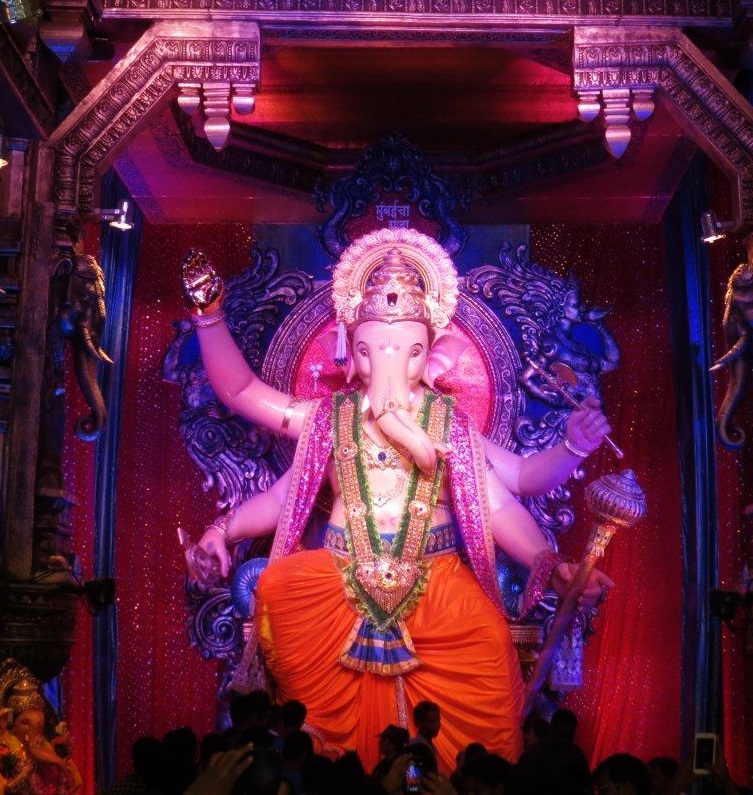Hinduism, one of the oldest religions in the world, is rich in symbolism. Hindu Symbols play a crucial role in our day to day rituals, mythology, art, and prayers, representing deep faith in our day to day life when we are not indulged in the prayers. Each Hindu symbol carries layers of meaning and holds a unique place in Hindu culture. In this comprehensive article, we have listed 10 symbols in Hinduism with its deep meaning and the divine connections, uncovering the spiritual wisdom they encapsulate.
Here are the list of 101 symbols which are generally used in hinduism in day to day life.
1. AUM (OM) ॐ – The main, most powerful symbol of Hinduism.
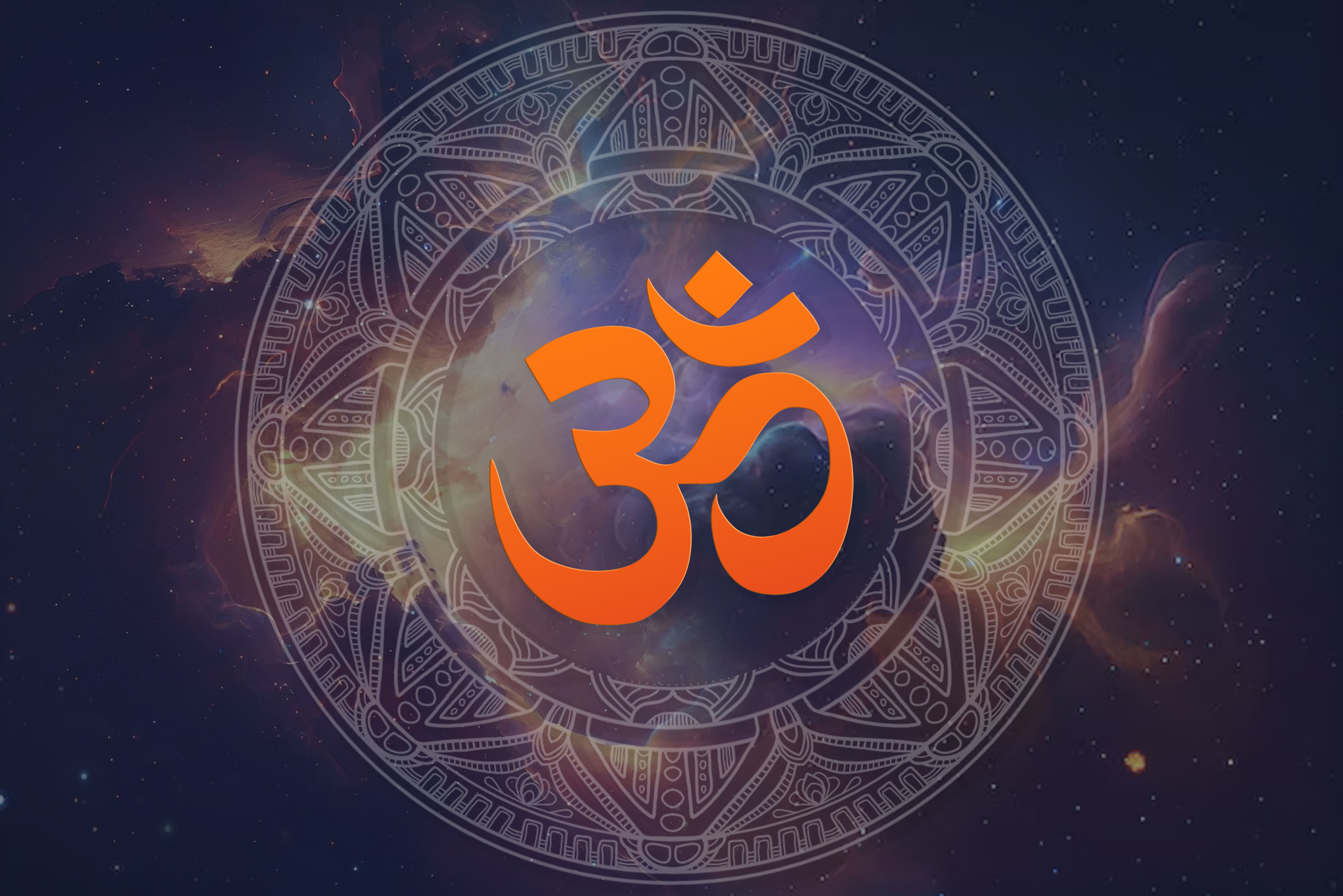
Meaning and Symbolism of AUM (OM):
Om comprises deep spiritual and philosophical meanings, reflecting the essence of Hinduism. It is a combination of three syllables: A, U, and M.
- A (Akaar): The sound “A” represents the waking state of consciousness, symbolizing creation, existence, and the physical realm. It is associated with Lord Brahma, the creator of the universe.
- U (Ukaar): The sound “U” represents the dream state of consciousness, signifying preservation, balance, and mental realms. It is associated with Lord Vishnu, the preserver of the universe.
- M (Makaar): The sound “M” represents the deep sleep state of consciousness, denoting dissolution, transformation, and the spiritual realm. It is associated with Lord Shiva, the transformer and liberator.
Sacred Sound: Om is considered the primal sound from which all creation originated. It is believed to resonate with the vibrations of the universe and holds immense spiritual power.
Connection with the Trinity: Chanting or meditating on Om is seen as a means to connect with the divine and attain higher states of consciousness. It is often chanted at the beginning and end of prayers, rituals, and spiritual practices.
Unity of Existence: Om represents the fundamental unity and inter connections of all existence. It signifies the oneness of the individual self (Atman) with the universal consciousness (Brahman).
Symbol of Balance: The three syllables within Om represent the balance between creation, preservation, and transformation. It embodies the harmony of the physical, mental, and spiritual realms.
Spiritual Liberation: Om is considered a powerful tool for spiritual awakening and liberation (moksha). It is believed to purify the mind, calm the senses, and lead one towards self-realization and enlightenment.
2. Swastika – The ymbol of auspiciousness and good fortune:
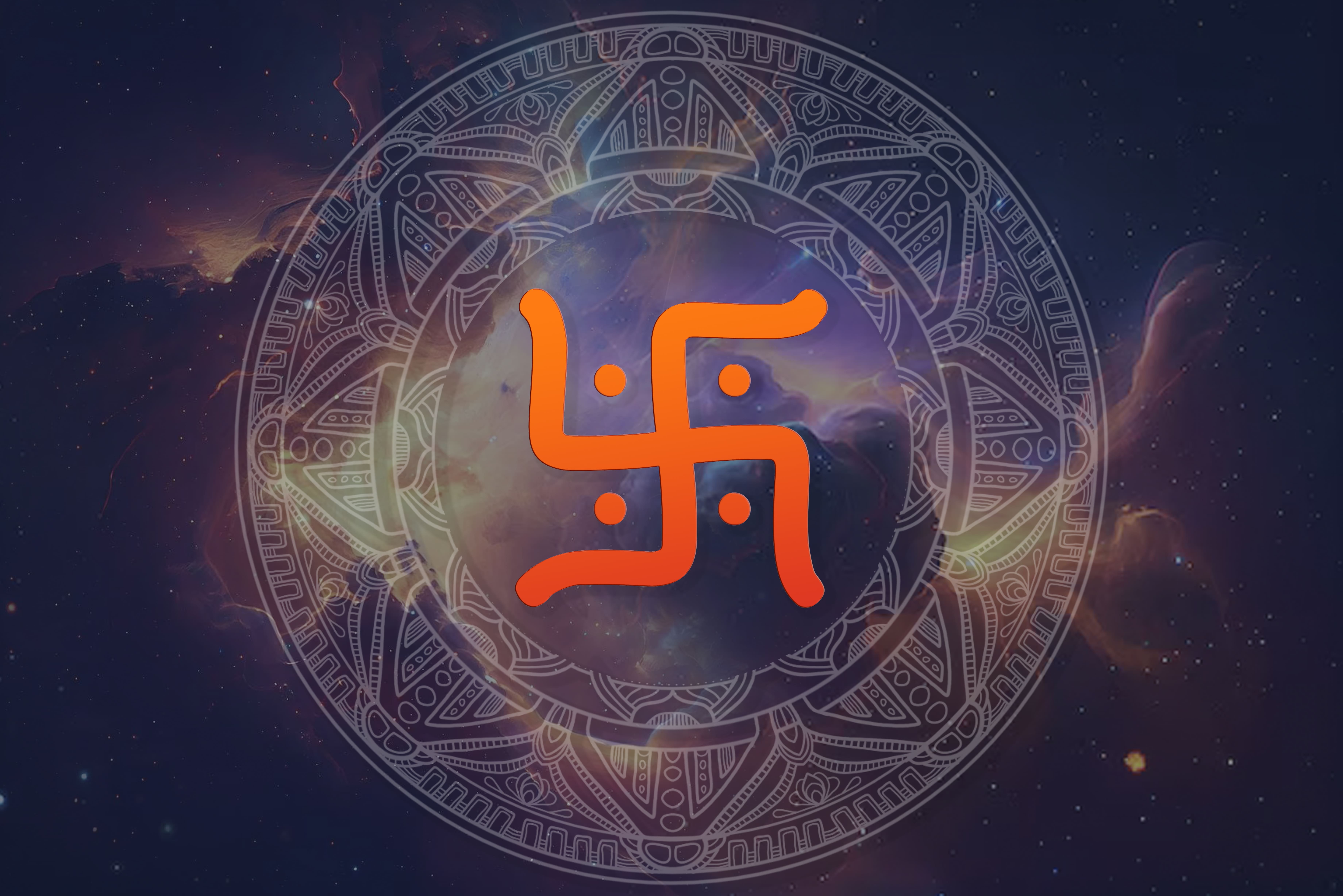
The swastika is well-recognized as an important Hindu symbol. It represents God (the Brahman) in his universal manifestation, and energy (Shakti). It represents the four directions of the world (the four faces of Brahma). It also represents the Purushartha: Dharma (natural order), Artha (wealth), Kama (desire), and Moksha (liberation).
The swastika symbol is traced with sindoor during Hindu religious rites. The Swastika is also mentioned in the ancient Hindu scriptures, Vedas, which are considered the oldest religious texts in Hinduism. It is associated with cosmic order, harmony, and prosperity. The Swastika represents the eternal cycle of creation, preservation, and dissolution. It symbolizes the cosmic order, balance, and the interconnections of all things.
The Swastika is used in various Hindu religious rituals, pujas, and other ceremonies. It can be found drawn or painted on sacred items, doors, and religious objects. It is often used during pujas (worship ceremonies) and as a mark of invocation of divine blessings.
The Swastika is seen in almost all the Hindu Temples and temple architectures, particularly in entrances, walls, and ceilings. It is considered a sacred and protective symbol that brings blessings and positive energy to the temple and its devotees.
3. Lotus (Padma)- Linked to Goddess Lakshmi, Represents purity, enlightenment, and divine beauty
The lotus is a highly respected symbol in Hinduism and holds deep spiritual significance for the masses. It is often associated with purity, enlightenment, and divine beauty. The lotus flower is known for its unique ability to blossom in muddy waters while remaining unstained and pure, making it a powerful metaphor for spiritual growth and transcendence.
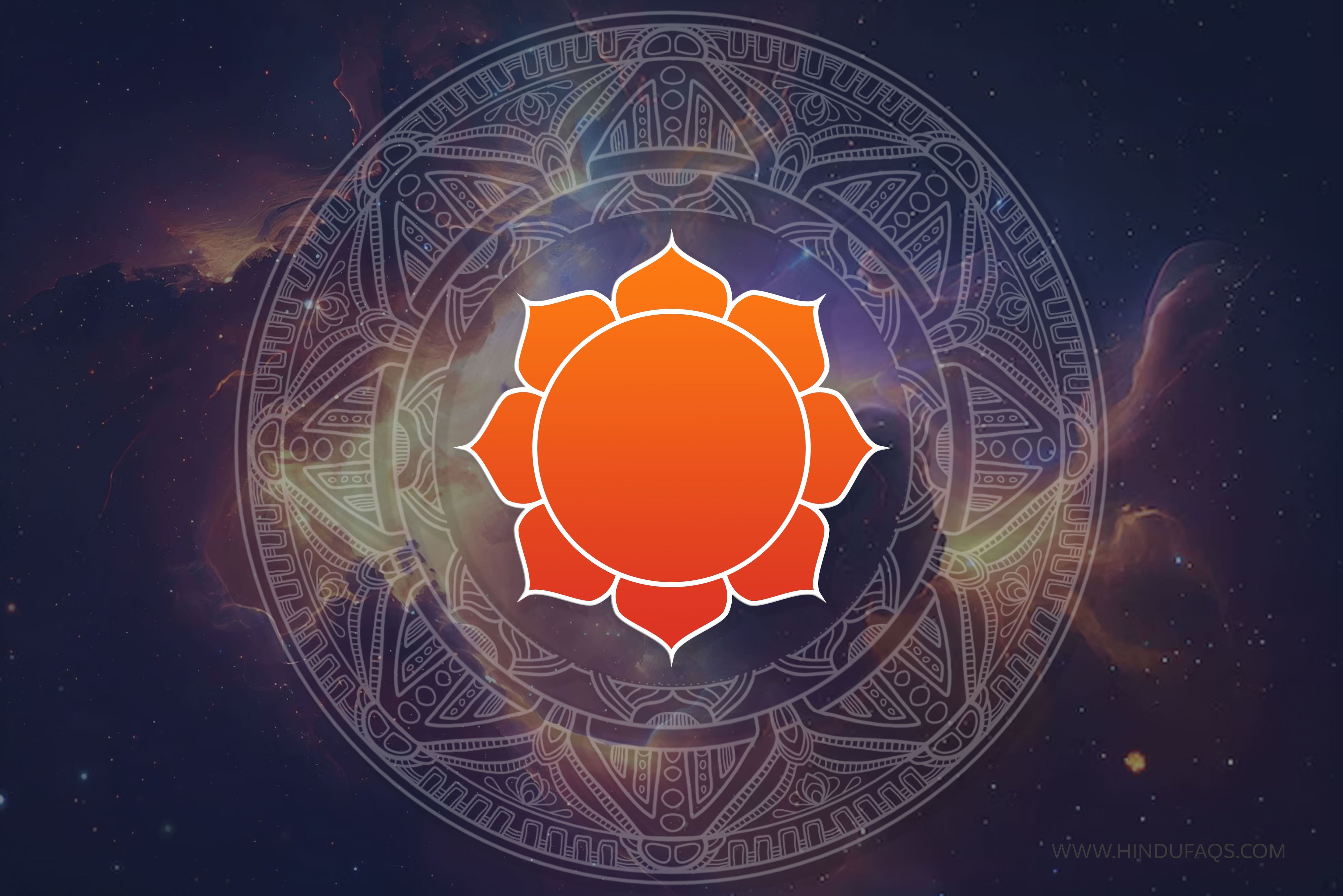
In Hindu mythology, the lotus is closely linked to various deities. For instance, the goddess Lakshmi, who represents wealth, prosperity, and fertility, is often depicted sitting on a fully bloomed lotus, symbolizing her divine beauty and grace. Lord Vishnu, the preserver of the universe, is also associated with the lotus. He is often depicted reclining on a thousand-petaled lotus, representing his transcendental nature and divine serenity.
Beyond its mythological associations, the lotus holds profound philosophical significance. It is seen as a metaphor for the journey of the soul. Just as the lotus emerges from the murky depths of water and rises towards the light, it represents the soul’s journey from darkness towards spiritual enlightenment. The lotus teaches us that amidst life’s challenges and obstacles, one can strive for purity, detachment, and the realization of one’s true nature.
Moreover, the lotus symbolizes detachment and non-attachment to the material world. Just as the lotus remains unaffected by the impurities in the water, one should strive to stay detached from the external circumstances and worldly desires, maintaining inner purity and serenity.
In spiritual practices, the lotus holds significance in meditation and yoga. The lotus posture (Padmasana) is a cross-legged sitting position resembling the blooming lotus. This posture is often practiced during meditation to help achieve physical stability, mental focus, and spiritual awakening.
4. Trishul (त्रिशूल)- The trident, a powerful symbol in Hinduism associated with Lord Shiva
The Trishul or Trishula, known as the trident, is a very powerful symbol in Hinduism associated with various deities, mostly with Lord Shiva. It consists of three prongs or points, resembling a three-pronged spear or fork. The trishula carries deep symbolism and represents different aspects of divine power and cosmic forces.
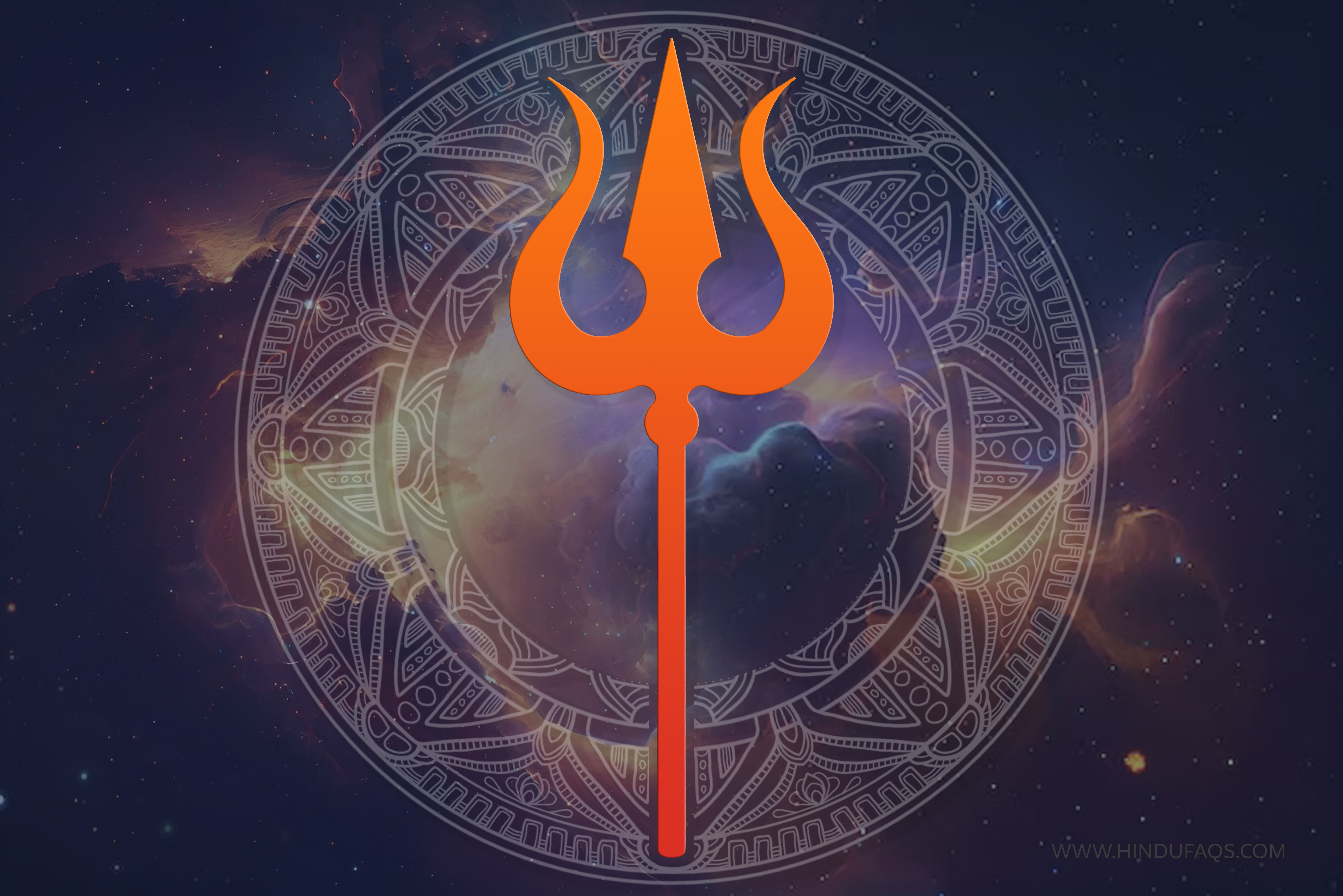
In Hindu mythology, Lord Shiva is often depicted holding a trishula in his hand. The trishula symbolizes his supreme power and authority over creation, preservation, and destruction. Each prong of the trishula represents a specific aspect:
- Creation:
The first prong represents the power of creation, symbolizing the birth and manifestation of life. It represents the divine energy that brings forth existence and new beginnings. - Preservation:
The second prong signifies the power of preservation and sustenance. It represents the preservation of order, harmony, and balance in the universe. It reflects the nurturing and protecting aspects of divinity. - Destruction:
The third prong represents the power of destruction and transformation. It symbolizes the dissolution of the old, the removal of obstacles, and the transformative forces of change. It is associated with the concept of letting go, breaking free from attachments, and embracing transformation for spiritual growth.
The trishula is not limited to Lord Shiva alone. It is also associated with other deities and divine beings. For example, Goddess Durga, a manifestation of Shakti (divine feminine energy), is often depicted wielding a trishula, representing her power to overcome evil and protect the righteous.
The trishula is also seen as a symbol of spiritual awakening and transcendence. The three prongs represent the three main channels or nadis (energy channels) in the human body: ida, pingala, and sushumna. Balancing and aligning these energy channels is believed to awaken higher consciousness and lead to spiritual enlightenment.
5. Shankha (Conch Shell) (शंख) – The divine emblem associated with Lord Vishnu
The Shankha, also known as the conch shell, is a significant symbol in Hinduism. It holds deep religious and cultural significance and is considered one of the divine emblems associated with Lord Vishnu and several other deities. The Shankha is a sacred instrument that is used in rituals, ceremonies, and religious practices.
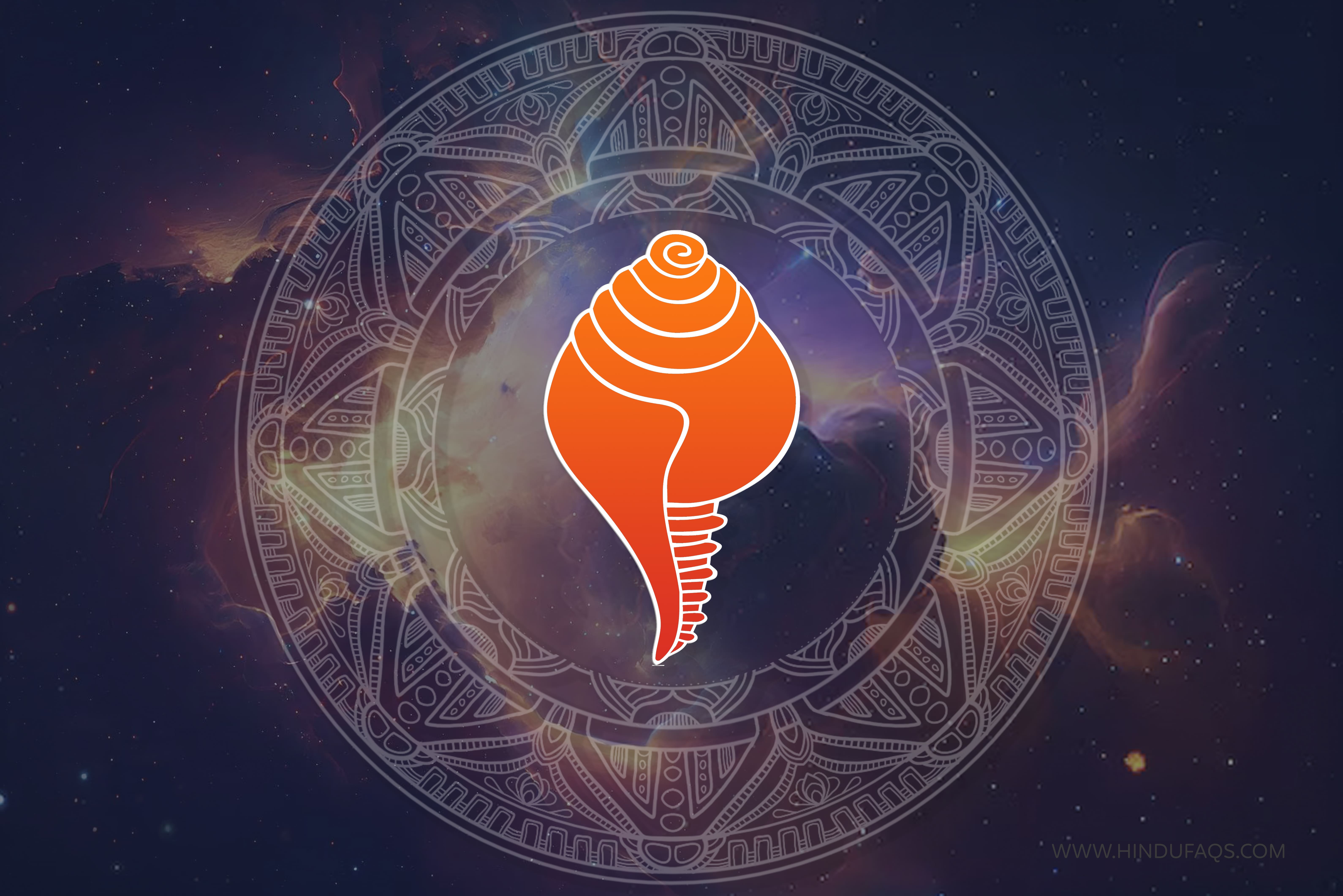
The Shankha is a conch shell with a spiraling structure, usually obtained from marine snails. It is associated with the element of water and is believed to contain the essence of the ocean. In Hindu mythology, the Shankha is considered a divine gift from the ocean deity, Varuna.
Symbolic Meanings Of Shankha
The Shankha holds multiple symbolic meanings in Hinduism. The sound produced by blowing into the Shankha is believed to resonate with the cosmic vibrations and create a purifying effect. It is often used to commence and conclude religious ceremonies, spreading positive energy and dispelling negative forces.
The conch shell also symbolizes the primordial sound “Om,” which is believed to be the fundamental vibration of the universe. The Shankha’s spiral shape represents the cyclic nature of life, the eternal cycle of creation, preservation, and dissolution.
In Hindu symbolism and iconography, various deities are depicted holding a Shankha. Lord Vishnu, the preserver and sustainer of the universe, is often shown holding a Shankha in one of his hands, representing his divine authority and auspicious presence. The Shankha is also associated with Lord Krishna, an incarnation of Lord Vishnu, who is often depicted with a special conch named “Panchajanya.”
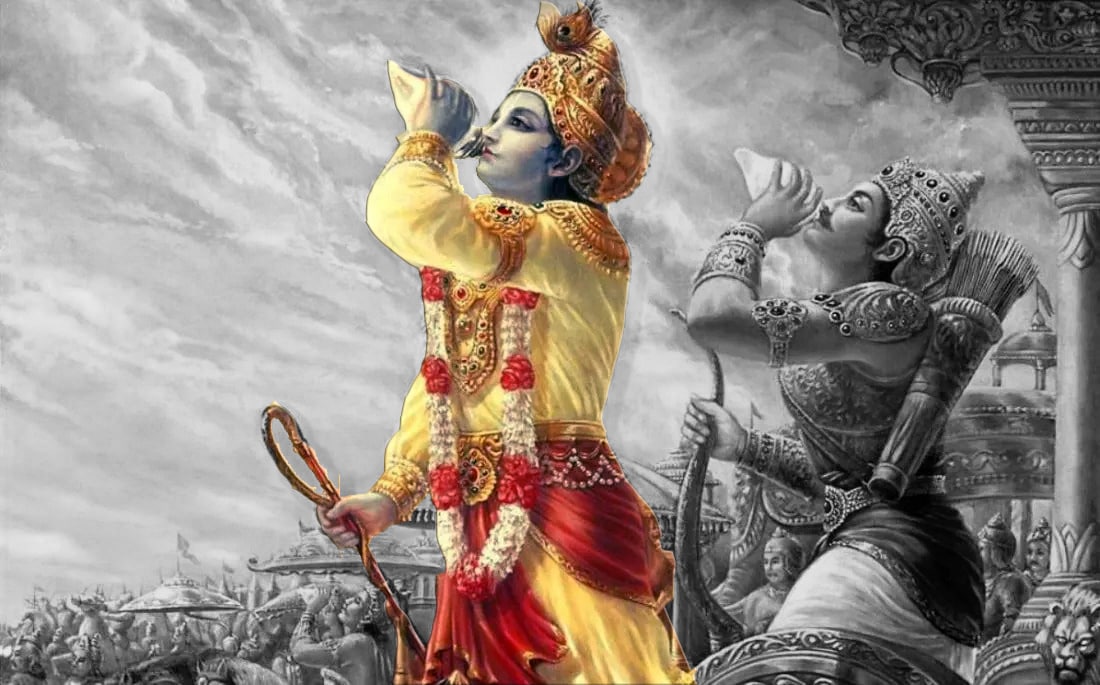
The Shankha is believed to possess several positive qualities. It is considered a symbol of purity, auspiciousness, and victory. The blowing of the Shankha is believed to purify the atmosphere and ward off negative energies. In ancient times, it was also used as a means of communication during battles or important announcements.
There are several types of Shankha that are sacred in Hinduism. Here are a few notable ones:
- Dakshinavarti Shankha:
The Dakshinavarti Shankha is considered highly sacred and auspicious. It is characterized by its clockwise spiral, which is believed to bring wealth, prosperity, and blessings. It is associated with the goddess Lakshmi, the Hindu deity of wealth and abundance. - Vamavarti Shankha:
The Vamavarti Shankha is characterized by its anticlockwise spiral. Although less common and less widely revered, it still holds religious significance. It is associated with Lord Shiva and is believed to bring spiritual growth and liberation. - Panchajanya Shankha:
The Panchajanya Shankha is mentioned in Hindu scriptures and is associated with Lord Vishnu. According to mythology, it was the conch shell used by Lord Vishnu as a divine weapon. It is often depicted in the hands of Lord Vishnu’s avatar, Krishna. Its sound is believed to have the power to destroy evil and purify the environment. - Ganesha Shankha:
The Ganesha Shankha is a unique type of Shankha associated with Lord Ganesha, the elephant-headed deity and the remover of obstacles. It is often depicted with an image of Lord Ganesha carved or engraved on the shell. It is considered auspicious and is used in various rituals and worship of Lord Ganesha.
7. Chakra (चक्र) – Associated with Lord Vishnu and is often referred to as the Sudarshana Chakra
In Hinduism, the Chakra is a sacred symbol associated with Lord Vishnu, one of the 3 tridev in hinduism. The Chakra is depicted as a spinning discus or wheel with sharp edges, representing both its destructive and protective qualities. It is considered a divine weapon that Lord Vishnu wields to maintain cosmic order, protect righteousness, and defeat evil forces.
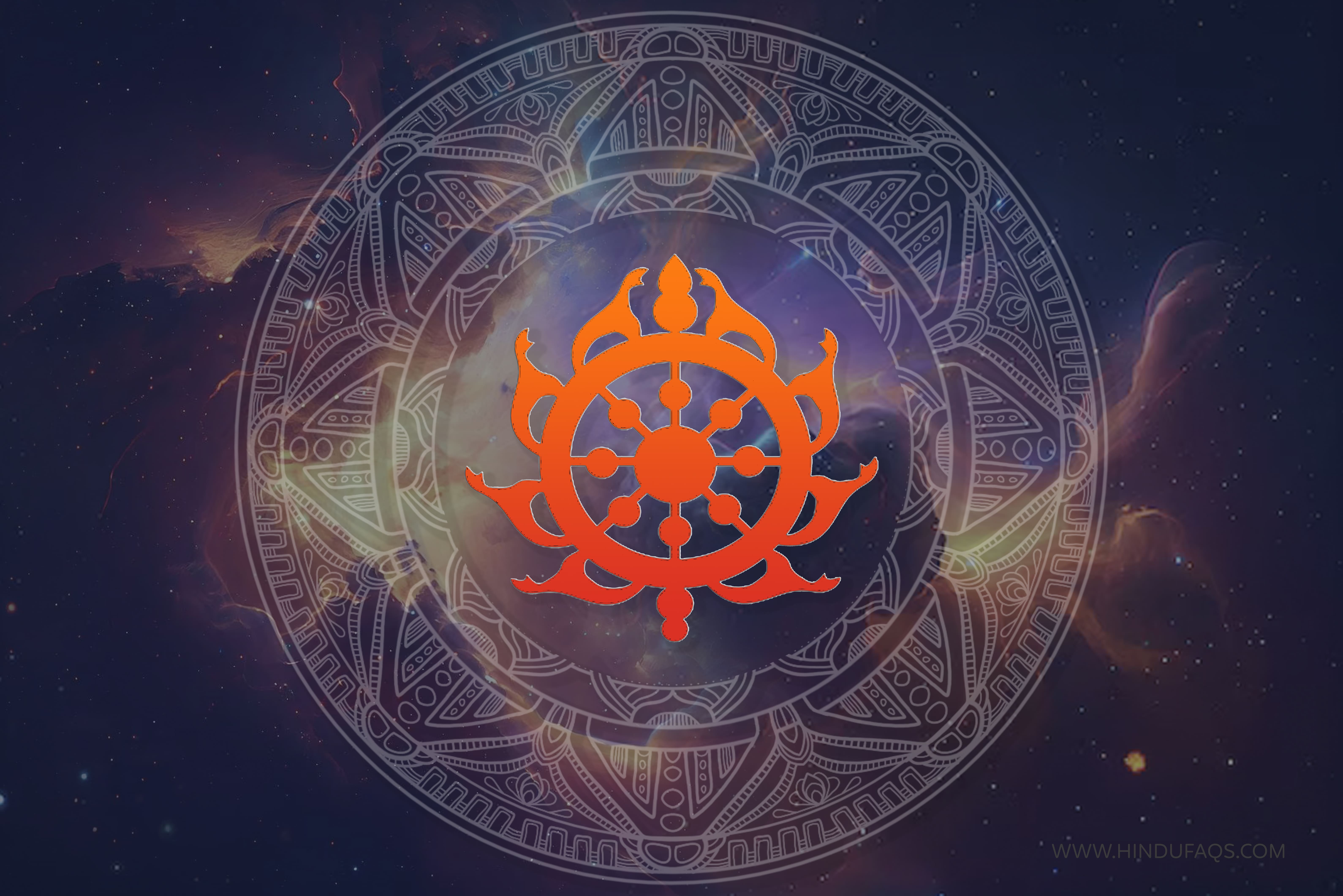
The Chakra holds a large spiritual significance and is reffered as a universal symbol of cosmic order, divine energy, and spiritual evolution. It embodies the cyclical nature of life, the movement of time, and the eternal rhythm of the universe. The Chakra serves as a reminder of the continuous cycle of creation, preservation, and dissolution, and the interconnectedness of all existence.
In Hindu philosophy, the Chakra represents the concept of dharma, which signifies righteousness and the eternal principles that govern the universe. It symbolizes the divine energy that sustains life and guides individuals on their spiritual path. The Chakra serves as a reminder to align one’s actions and choices with the principles of righteousness. Lord Vishnu uses the Sudarshana Chakra as a powerful weapon to defeat evil forces, restore balance, and protect righteousness in the universe
The Chakra is not only a symbol but also a sacred geometric diagram known as a Yantra. As a Yantra, it serves as a meditative tool for spiritual seekers. The Chakra Yantra represents the various levels of consciousness and the path to self-realization. Meditating on the Chakra Yantra is believed to awaken spiritual energy, promote inner harmony, and lead to a deeper understanding of the divine order.
Chakra in Hindu Temple Architecture
In Hindu temple architecture, the Chakra symbol finds prominent placement. It is often featured on the top of temple spires (shikharas) or as a central motif in mandalas and religious artwork. The presence of the Chakra in temples and artwork serves as a visual reminder of the divine order and cosmic forces that permeate the sacred space. It inspires devotees to seek alignment with the divine principles and the timeless wisdom they represent.
8. Tilak (Tikka)- A symbolic mark worn on the forehead by followers of Hinduism
Tilaka, also known as tilak or tikka, is a symbolic mark worn on the forehead by followers of Hinduism. It holds significant religious and cultural importance and serves as a visible expression of devotion, spirituality, and affiliation to specific traditions or deities. The Tilaka is typically made with colored powders, pastes, or sandalwood, and its shape, color, and placement may vary based on regional customs and religious practices.
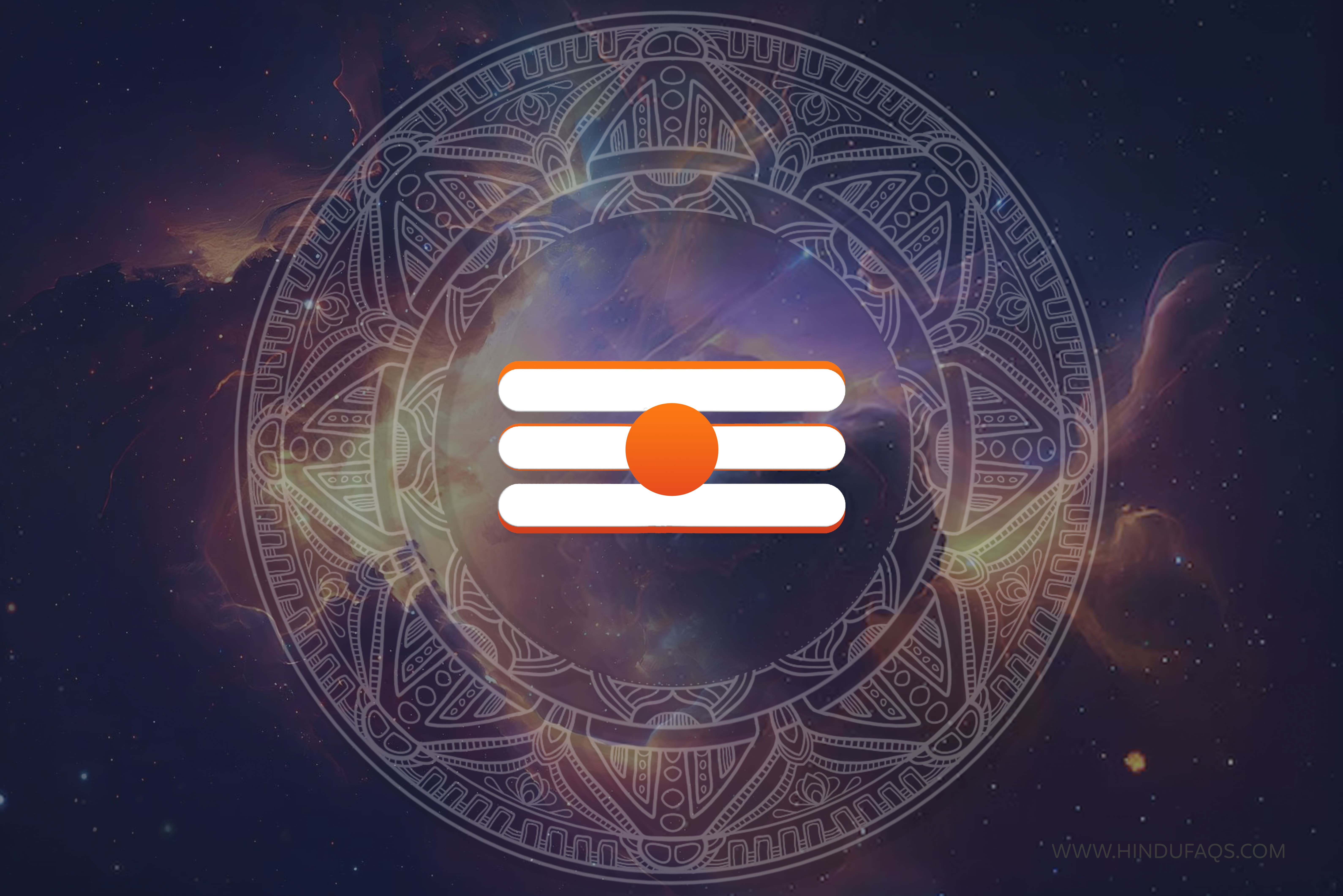
The Tilaka is applied to the forehead, specifically the space between the eyebrows known as the “ajna chakra” or the “third eye.” This area is considered sacred and represents higher consciousness, spiritual awakening, and inner wisdom. By adorning the forehead with the Tilaka, individuals seek to awaken and align themselves with their spiritual nature.
The Tilaka carries various symbolic meanings depending on its form and context. It serves as a mark of identification, indicating one’s religious affiliation and dedication to a particular sect or deity. Different Hindu traditions may have specific Tilaka designs associated with their practices. For example, Vaishnavas often wear a vertical mark in the shape of “U” or “Y,” representing their devotion to Lord Vishnu or his avatars. Shaivites may wear three horizontal lines with or without a dot, symbolizing Lord Shiva’s threefold nature.
The Tilaka also represents the divine third eye, associated with spiritual insight, intuition, and expanded consciousness. It is believed to enhance one’s spiritual awareness and provide a connection between the physical and spiritual realms. The application of Tilaka invokes the blessings and protection of the deities, serving as a constant reminder of their presence and guidance.
In addition to its spiritual significance, the Tilaka has social and cultural connotations. It is often worn during religious ceremonies, festivals, and auspicious occasions. The Tilaka serves as a mark of sanctity, purifying the body and mind, and creating a sense of reverence and piety. It also fosters a sense of community and belonging, as individuals wearing similar Tilaka marks can identify and connect with one another.
It is important to note that the Tilaka is not limited to any specific caste, gender, or age group. It is a symbol embraced by Hindus across various backgrounds and traditions, representing their devotion and spiritual path.
9. Yantra (Yantras) (यंत्र) – A sacred geometric symbol used in Hinduism
Yantra is a sacred geometric symbol used in Hinduism for spiritual and meditative purposes. Derived from the Sanskrit word “yam,” meaning to control or restrain, and “tra,” meaning instrument or tool, a Yantra is considered a mystical diagram that represents aspects of divinity, spiritual contemplation, and transformation.
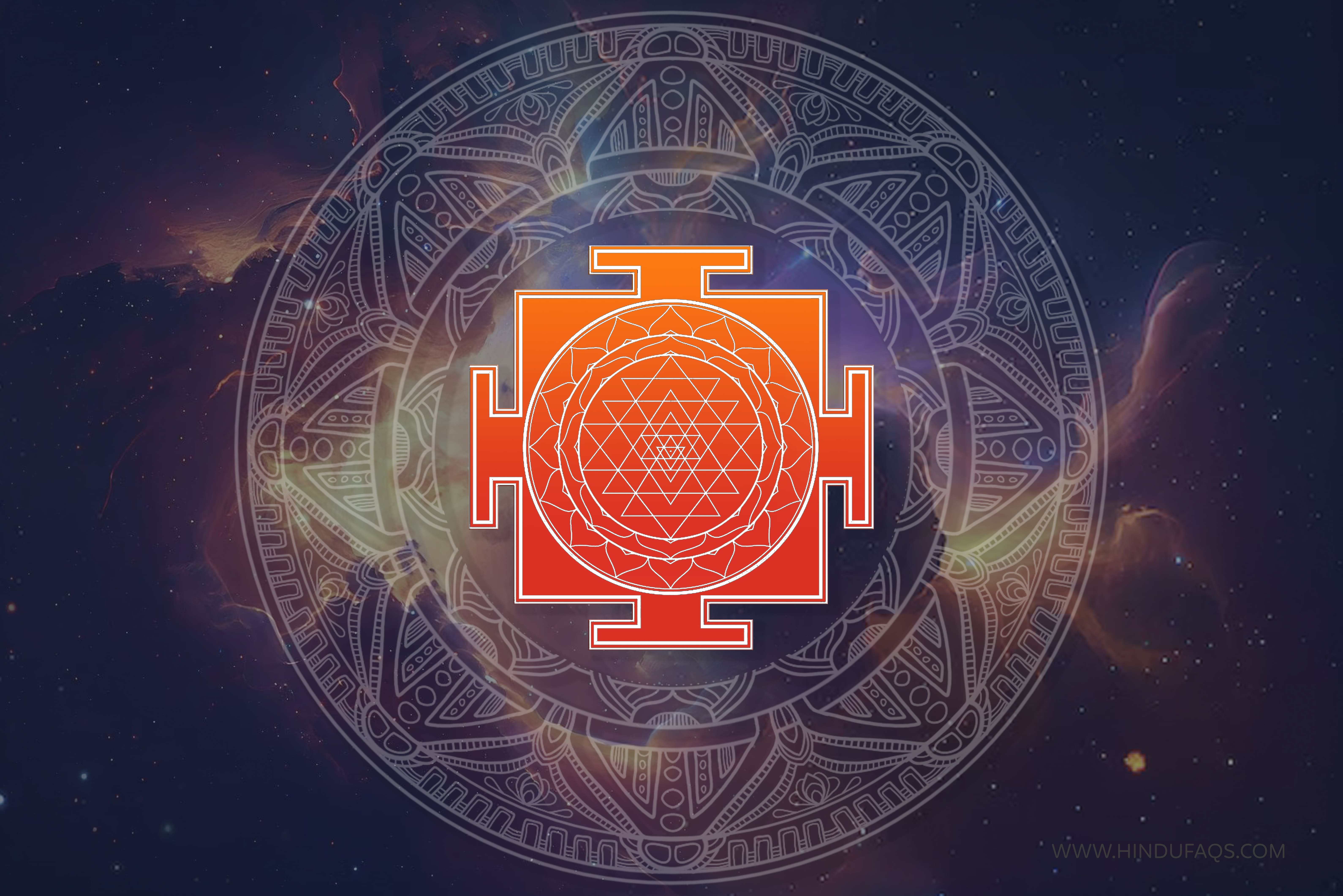
Yantras are geometric patterns that are typically composed of various shapes, such as triangles, circles, squares, and lotus petals. They are often created on metal plates, cloth, paper, or drawn directly on the ground called as Rangoli in various regions of India. The construction and precise arrangement of the Yantra follow specific guidelines and mathematical calculations based on ancient scriptures and traditions.
Each Yantra is associated with a specific deity or cosmic energy and represents their divine qualities and powers. For example, the Sri Yantra is a well-known Yantra associated with the goddess Tripura Sundari, representing beauty, abundance, and spiritual enlightenment. The Sri Yantra consists of interlocking triangles, circles, and lotus petals, forming a complex pattern that reflects the cosmic order and the interplay of masculine and feminine energies.
The primary purpose of Yantras is to serve as a focal point for meditation and concentration. By gazing at and contemplating the Yantra, devotees seek to connect with the God energies it represents. The complex geometry of the Yantra acts as a visual aid, guiding the mind into deeper states of awareness and facilitating spiritual awakening.
Yantras are believed to possess inherent spiritual power and are considered energy amplifiers. They are considered to attract positive vibrations and repel negative energies. The Yantra is often energized through specific rituals, mantras, and the infusion of prana (life force energy). Once energized, the Yantra becomes a potent tool for spiritual growth, healing, and manifestation.
Yantras are used for various purposes, including:
- Meditation and Spiritual Practice: Practitioners use Yantras to focus their attention and still their minds during meditation.
- Alignment and Harmonization: Yantras are believed to align the energies within and around an individual, promoting balance, harmony, and spiritual well-being. They serve as a tool for activating and balancing the chakras and subtle energy centers in the body.
- Manifestation and Intention Setting: By meditating on a specific Yantra and infusing it with their intentions, individuals aim to manifest desired outcomes in their lives. The Yantra acts as a way for focusing and amplifying their intentions and connecting with the cosmic energies necessary for manifestation.
- Protection and Spiritual Shielding: Certain Yantras are considered protective sheilds, shielding individuals from negative influences and promoting spiritual strength and well-being. They are often used to create a sacred space, purify the environment, and ward off negative energies.
Yantras are not merely decorative art; they hold deep spiritual significance and are considered sacred tools for self-realization and spiritual transformation. They are an integral part of Hindu worship, rituals, and temple architecture. The precision and complexity of the Yantra’s geometry reflect the underlying order of the universe and serve as a visual representation of the divine presence.
10. Shiv Ling (शिवलिंग) – Represents the cosmic pillar of energy and consciousness from which the entire universe emerges
The Shiva Ling is a sacred symbol in Hinduism that represents Lord Shiva, one of the principal deities in the Hindu trinity. It is a powerful and ancient symbol associated with the divine masculine energy, creation, and the eternal cycle of life.
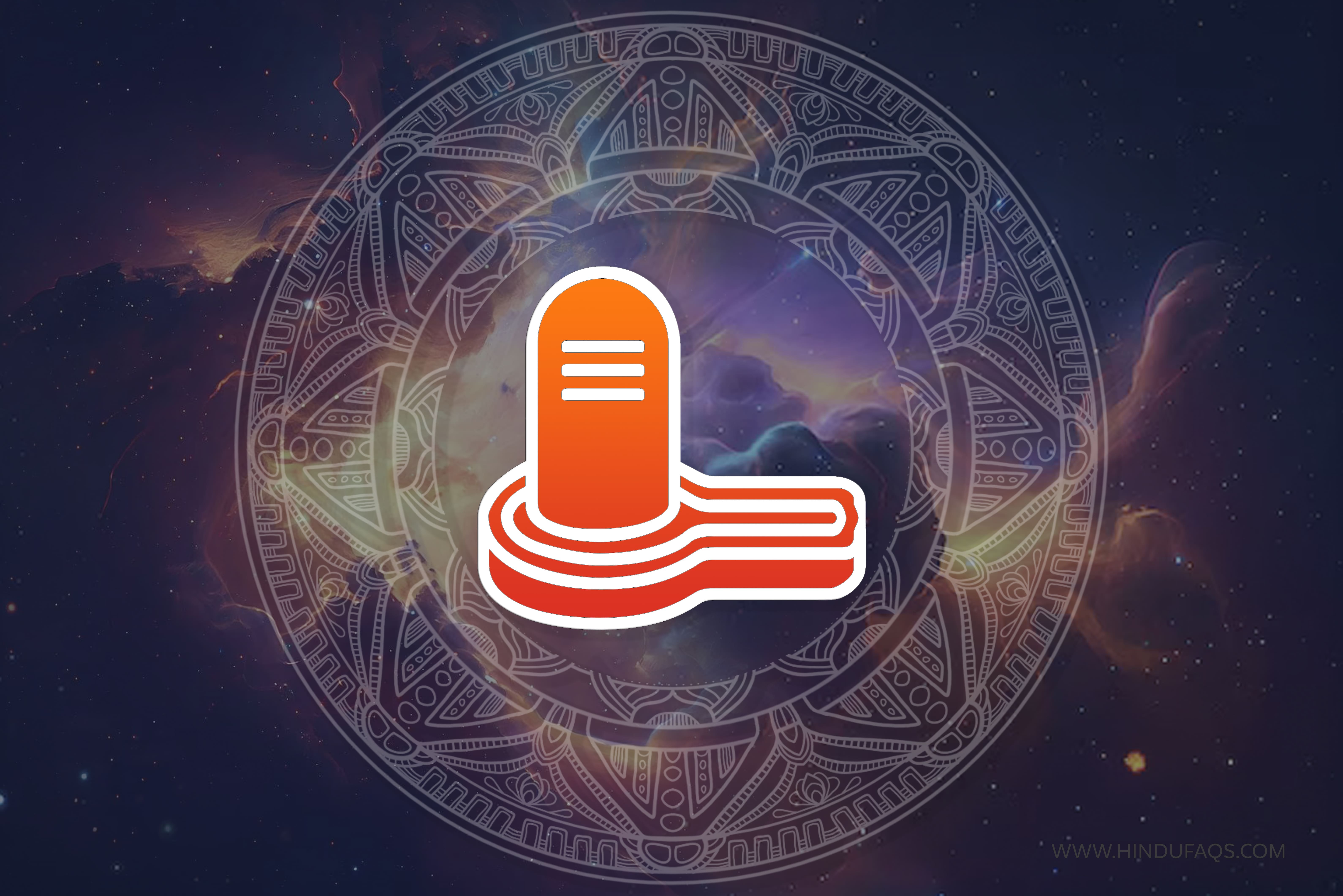
The word “lingam /Ling” is derived from the Sanskrit term “linga,” which means “mark,” “sign,” or “symbol.” The Shiva Ling is often depicted as an upright cylindrical structure with a rounded top, resembling an elongated egg or a phallus. It represents the cosmic pillar of energy and consciousness from which the entire universe emerges.
The Shiva Lingam holds deep spiritual significance and is considered a representation of Lord Shiva’s infinite power and presence. It symbolizes the unmanifest formless aspect of the divine, known as “Nirguna Brahman,” as well as the creative and procreative forces of the universe.
Here are some key aspects and interpretations associated with the Shiva Lingam:
- Creation and Dissolution:
The Shiva Ling represents the union of the cosmic energies of creation and dissolution. It symbolizes the cyclic process of birth, growth, death, and rebirth. The rounded top of the Linga represents the energy of creation, while the cylindrical base represents dissolution or transformation. - Divine Masculine Energy:
The Shiva Ling is a representation of the divine masculine principle. It embodies qualities such as strength, power, and spiritual transformation. It is often worshipped by devotees seeking blessings for inner strength, courage, and spiritual growth. - Union of Shiva and Shakti:
The Shiva Ling is often seen as a representation of the union between Lord Shiva and his consort, Goddess Shakti. It symbolizes the harmonious balance of the divine masculine and feminine energies, known as Shiva and Shakti, respectively. The Linga represents the Shiva aspect, while the yoni represents the Shakti aspect. - Fertility and Life Force:
The Shiva Ling is associated with fertility and the life force energy. It represents the procreative energy of Lord Shiva and is worshipped for blessings related to fertility, progeny, and the continuation of family lineage. - Spiritual Awakening:
The Shiva Ling is revered as a sacred object of meditation and spiritual awakening. Devotees believe that meditating upon the Linga can help awaken the peaceful spiritual energy within and lead to self-realization and liberation. - Ritual Worship:
The Shiva Ling is worshipped with great reverence and devotion. Devotees offer water, milk, bilva leaves, flowers, and sacred ash (vibhuti) to the Linga as a gesture of respect and adoration. These offerings are believed to purify the mind, body, and soul and invoke the blessings of Lord Shiva.
It is important to note that the Shiva Ling is not considered a phallic symbol in a purely sexual context. Its representation goes beyond the physical aspect and delves into the profound symbolism of cosmic creation and spiritual transformation.
The Shiva Ling holds a significant place in Hindu temples and is often found in the sanctum sanctorum (garbhagriha) alongside other deities. Devotees seek darshan of the Linga and offer prayers and reverence to experience the divine presence of Lord Shiva.
Credits: Photo credits to the original owners and Artists.

